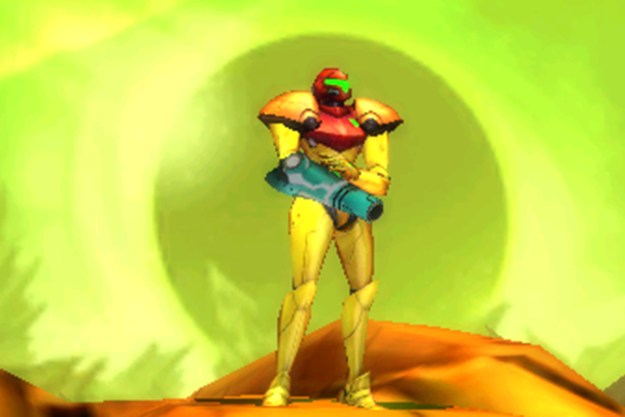With its release date quickly approaching, Nintendo released another trailer for Metroid Dread. However, unlike earlier peeks at the game, this trailer isn’t totally action-packed. Instead, it’s for the Metroid franchise’s longtime fans. Packed with lore and backstory for Dread, the game’s latest trailer serves as an explainer for why Samus is heading to the EMMI-infested planet.
In the trailer, it’s revealed that the entire reason for Samus’ latest adventure is another sighting of the X Parasite, creatures that Samus seemingly destroyed in the Game Boy Advance title Metroid Fusion. However, they’ve somehow survived and now pose a threat to all life in the universe once again. The X Parasite, for those who don’t know, kills and assimilates other forms of life to spread. It doesn’t discriminate and sees the entire universe as an all-you-can-eat buffet.
The trailer goes on to reveal that the EMMI robots that hunt Samus down in Metroid Dread were first sent to the planet to investigate but then vanished. If the EMMI bots were sent to track down and exterminate X Parasites on sight, it may explain why they’re now hunting down Samus. She had previously been infected by the parasite, only to be cured by the Galactic Federation using DNA from a Metroid. While she was cured, her DNA was also changed to include Metroid DNA. However, it’s possible that some part of the X Parasite is still alive in her and continues to trigger the EMMIs.
Metroid Dread is currently set to release on October 8 for the Nintendo Switch.
Editors' Recommendations
- 5 Switch games you should play while you wait for Prince of Persia: The Lost Crown
- I was burnt out on video games until I dusted off my Nintendo DS
- Play these 3DS and Wii U games before Nintendo shutters their online features
- The best Nintendo Switch games for adults
- 5 big details from Zelda: Tears of the Kingdom’s new trailer that you may have missed




